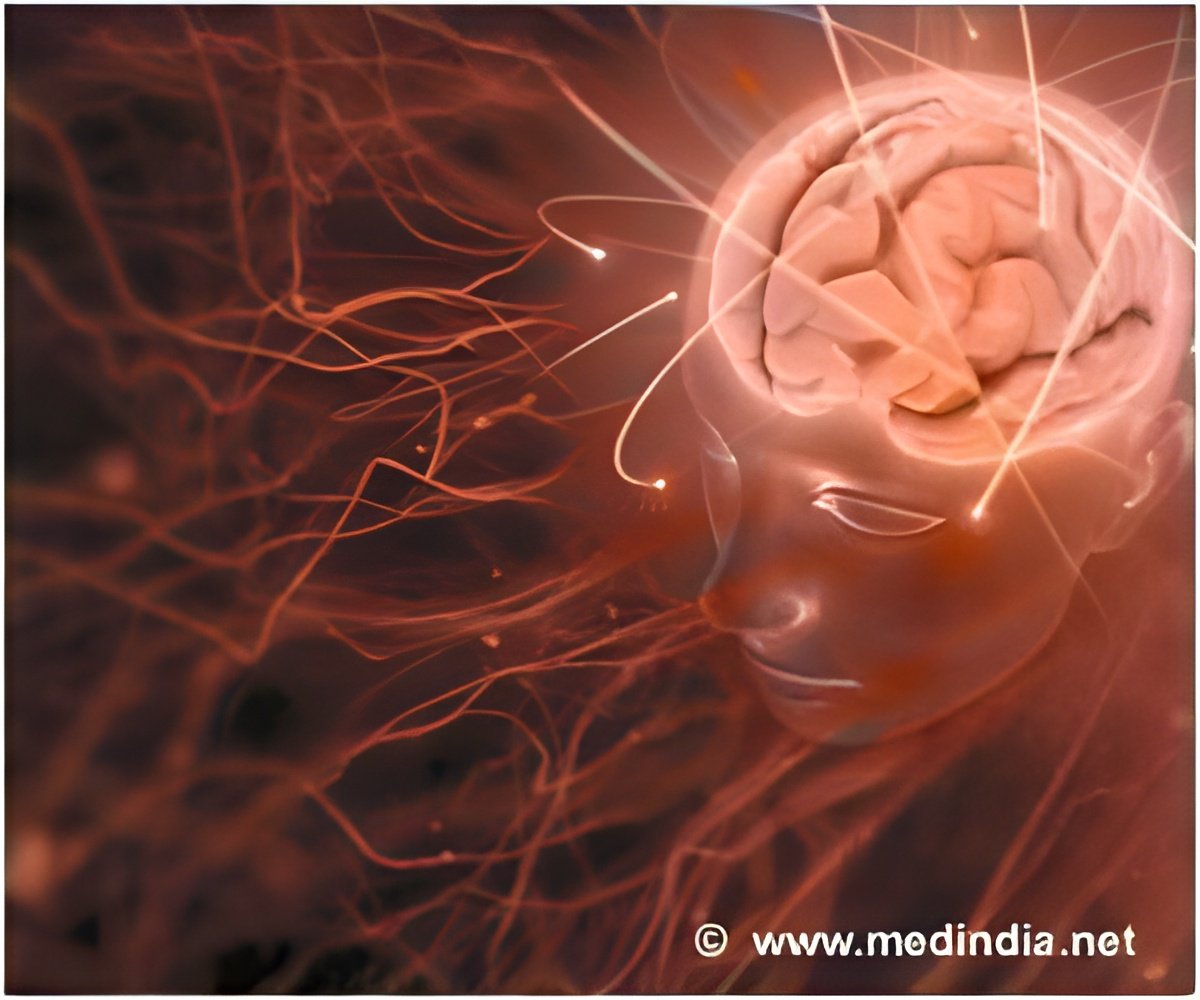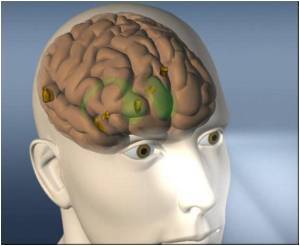
‘The neurotransmitter, dopamine, is involved in learning and decision-making. It is now possible to detect changes in the levels of dopamine a thousand times faster than had previously been recorded in humans. This could have implications in Parkinson's disease, and other neurological and psychiatric disorders.’
Tweet it Now
The study was published in the Proceedings of the National Academy of Sciences. Read Montague, director of the Human Neuroimaging Laboratory at the Virginia Tech Carilion Research Institute and senior author of the paper, said, "More than 20 years of research in nonhuman model organisms has painted a very specific picture of the suspected role of dopamine in guiding human behavior. And now, with these first-of-their-kind measurements, made directly in humans, we've discovered that this picture was woefully incomplete."
Montague and his team worked neurosurgeons at Wake Forest University Health Sciences - Stephen Tatter, Adrian Laxton, and the late Thomas Ellis - to measure dopamine signals in patients with Parkinson's disease undergoing surgery to implant deep-brain stimulation electrodes. Deep-brain stimulation has been shown to alleviate Parkinson's disease symptoms. 17 patients volunteered to allow Montague's team to record their dopamine signals during implantation surgery.
Ken Kishida, first author of the paper and a research scientist at the Virginia Tech Carilion Research Institute, said, "We're studying a system that's falling apart in their brains. Parkinson's disease is characterized by the death of dopamine-releasing neurons, and we're trying to understand the underlying mechanisms of the disease process."
Kishida and Montague both noted the generosity of the patients who volunteered for the study.
Advertisement
In order to capture the dopamine signals, especially in people with lower dopamine activity, the researchers had to develop extremely sensitive methods.
Advertisement
The researchers took readings of the ultra-quick dopamine pulses as conscious patients played an investment game. They expected to see dopamine responses in direct relation to expected rewards and actual outcomes. They didn't.
Montague, who is also a professor of physics in Virginia Tech's College of Science and director of the Computational Psychiatry Unit of the Virginia Tech Carilion Research Institute, said, "We analyzed the dataset of about a thousand pulses of dopamine, and it was flat. The signals did not distinguish between a positive reaction and a negative one."
The scientists used fast-scan cyclic voltammetry to measure the pulses of dopamine in the patients' brains. This electrochemical technique allows for near-continuous measurements of chemical activity in the brain. In this case, it was used to measure the dopamine signaling 10 times each second, for several minutes, while patients made financially risky decisions.
Kishida said, "It was technically very challenging. But, as a result, we've been able to measure changes in neurochemicals that are important for learning while people make decisions."
Once the researchers had the measurements, they started to analyze what the dopamine was actually signaling. They used new machine-learning methods, which employ several computational tools that help scientists dive deeper into data and emerge with more nuanced information.
Montague said, "We found that dopamine tracks two factors - what happened and what could have happened. Our dopamine neurons appear to track whether something could have been better or worse, and this information is encoded by the rapid changes in dopamine release. These findings may start to reveal, in computational terms, what's missing in the dopamine system of Parkinson's patients."
The findings have been more than 20 years in the making, since Montague's first computational studies examining the mechanisms of dopamine signaling.
Montague said, "Dopamine encodes what are called reward-prediction errors - the ongoing difference between reward expectations and the actual rewards experienced. From just dopamine signals, we can see when a person expects a reward and whether the person receives the reward. But in our most recent study, we found this earlier model of reward-prediction error to be incomplete. Rather, dopamine pulses appear to combine information about what might have happened with information about what actually happened. This is an entirely new way of viewing the role of dopamine signaling in the human brain."
The idea that 'what could have been' is part of how people evaluate actual outcomes is not new. But no one expected that dopamine would be doing the job of combining this information in the human brain.
Montague said, "We married two known computational models into something new. In doing so, we found dopamine tracking and combining two streams of information into one chemical pulse."
Now that researchers have measured multiple contributions to the individual dopamine signals, they have even more pathways to explore the human brain's learning systems in health and disease.
Montague and his colleagues are working to understand whether their discovery applies to people who don't have Parkinson's. The scientists' prior research, using functional magnetic resonance imaging, suggested that the new model should hold true in healthy individuals as well. Yet the previous work lacked the precision of the team's new measurements.
Montague said, "The ability to make this kind of measurement is a breakthrough. These precise, real-time measurements of dopamine-encoded events in the living human brain will help us understand the mechanisms of decision-making in health and disease."
Source-Eurekalert














